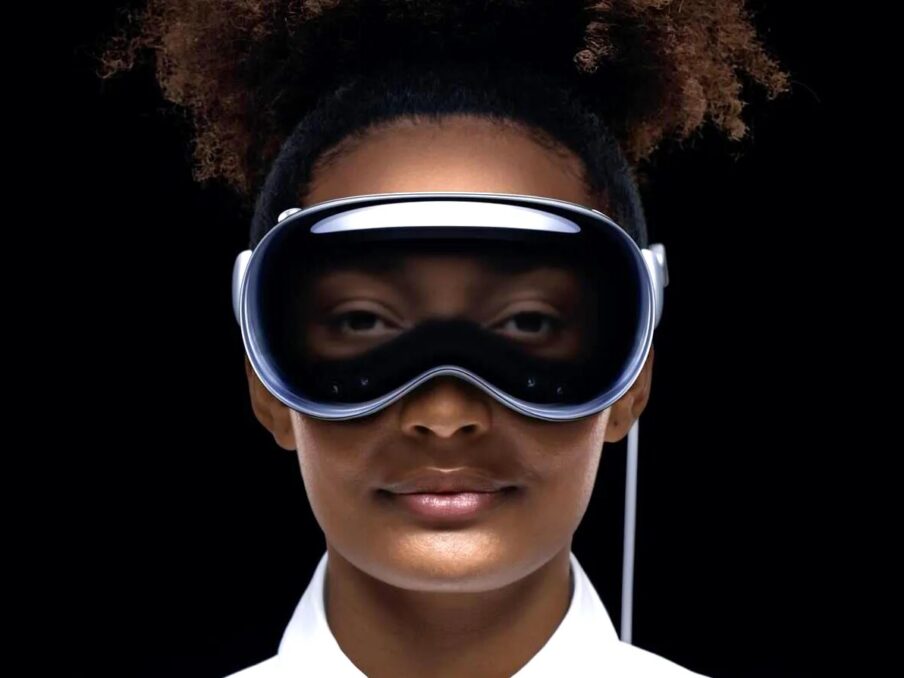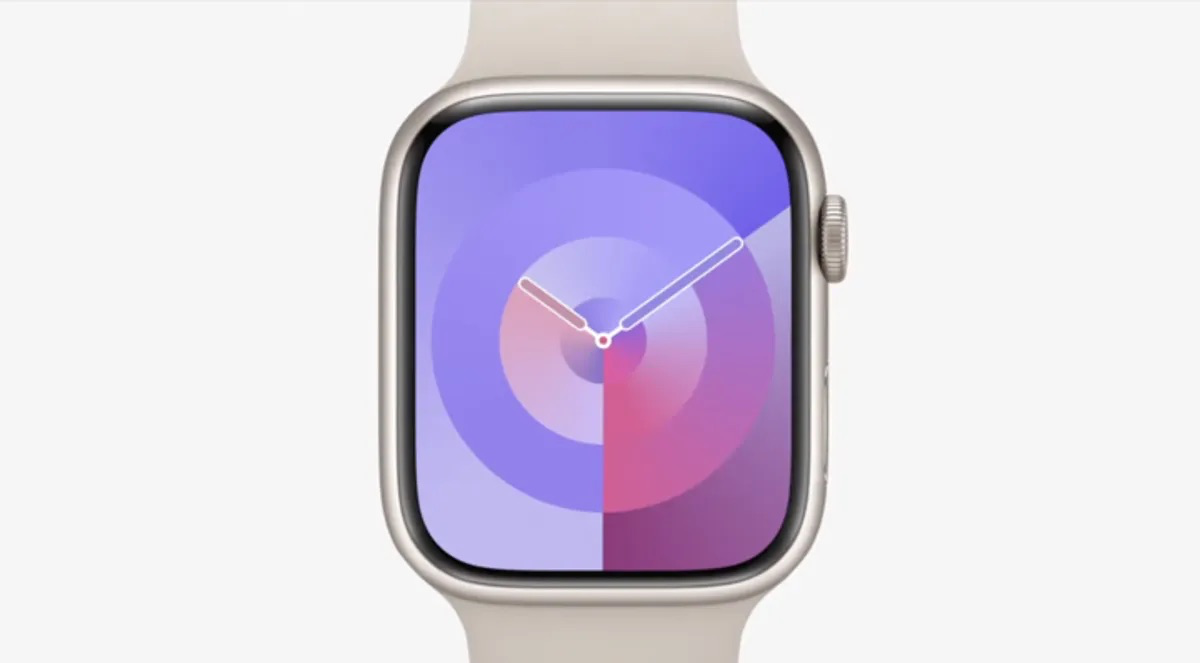Worldwide Developers Conference 2024: At the presentation, Apple unveiled the 15-inch MacBook Air with the M2 chipset and Mac Studio, iOS 17, watchOS 10, and the augmented reality headset Vision Pro.
The event’s major attraction was Apple’s groundbreaking AR headgear, Vision Pro. The system provides spatial audio and immersive viewing. It is the first 3D camera made by Apple, and it can be operated with the voice, hands, and eyes. Vision Pro features intuitive controls and a futuristic design. On your personal, enormous 4K screen, use apps, play games, and view streaming entertainment. The AR headset is a genuinely unique device that runs on Vision OS.
Apple Vision Pro
VisionOS, a whole new platform for the Vision Pro headset, will power Apple’s Vision Pro eyewear. Similar to how they would for iOS on the iPhone or macOS on the Mac, developers would be able to create this platform for spatial computing.
According to Apple, it is the first operating system created from the ground up for spatial computing and will be able to run a multi-app, 3D engine.
Its retail will start by next year for $3,499.
It features outside cameras that enable mixed reality interaction with digital content by users. The product’s battery pack, which the headset plugs into, will last for two hours of use.
Users who put on the headset are taken to the Home view, which is a floating collection of icons featuring some of Apple’s most popular programmes, including Mail, Music, Messages, and Safari. Hardware or controllers are not required for the system.

Image source: Wired.com
The headset has LED lights, infrared cameras, and 4K monitors. The field of view isn’t restricted, which indicates that it isn’t likely using the waveguide lens technology found in other augmented-reality headsets, which refracts light and projects virtual things into the wearer’s eyes. Company leaders have also mentioned this on numerous occasions. It utilizes both the new R1 chip designed specifically for mixed reality and Apple’s M2 processor.
Apple also highlighted the quality of the Vision Pro app. It promotes a new technology called Eyesight, whose novelty is almost comical. Even if you are using the headset in a more immersive setting, when someone is nearby, they will abruptly come into your view.
Apple new WatchOS10 with widgets
The newest significant operating system upgrade for the Apple Watch, WatchOS 10, was just released by Apple. On Monday, the news was revealed at Apple’s Worldwide Developers Conference. Health, fitness, and personalization are among the major WatchOS 10 themes, as they were in prior releases.
In order to display more data at a glance, Apple is updating the Apple Watch’s software with new widgets and revamped apps. Similar to how they do on the iPhone, widgets will be able to reveal relevant information throughout the day, such as calendar alerts or medicine reminders. This should make it simpler to obtain information in bits and pieces without needing to open a whole programme.

Image source: Apple
Additionally, WatchOS 10 has a focus on health. Apple is updating the Mindfulness app, which is available on both the watch and the phone, with additional mood-tracking tools. In order to learn more about how you’re feeling, Apple also claims that you’ll be able to take standardized tests that are frequently used in clinics.
More stats and exercise views will also be available for cycling, along with the capability to display additional statistics when paired with other Bluetooth-enabled bike sensors.
Apple is introducing a new sort of health assessment for the watch by utilizing the Apple Watch to assist customers in tracking eye health. The company is framing WatchOS 10’s usage of the ambient light sensor on the Apple Watch as a way to preserve eye health and maybe avoid myopia, or nearsightedness brought on by physiological changes in the eye.
Also read: Apple IOS17:New updates
Apple is the most recent manufacturer of smartwatches to put a greater emphasis on mental well-being with WatchOS 10. According to Counterpoint Research, the Apple Watch has a 26% market share worldwide for smartwatches as of the first quarter of 2024.













